Foundational training tips that every horse lover should know. So, whether you’re a newbie or just looking to brush up on your skills, saddle up and let’s dive in!
1. Basic Horse Training
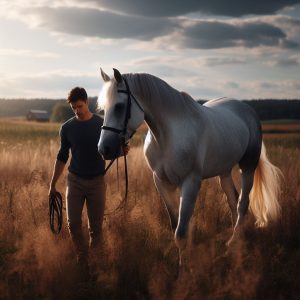
Training a horse is much like building a relationship. It’s essential to establish trust and mutual respect from the get-go. Spend quality time with your horse, getting to know their personality, likes, and dislikes. This foundation will set the tone for all future training sessions. Remember, patience is key. Every horse learns at its own pace, and it’s crucial to recognize and celebrate small milestones along the way.
2. Advanced Riding Techniques
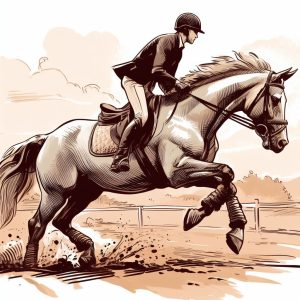
Once you’ve mastered the basics, it’s time to up the ante. Advanced riding techniques encompass a range of skills, from perfecting your posture in the saddle to understanding the subtle cues your horse gives. It’s all about refining your skills and becoming one with your horse. This unity will enable you to tackle more complex maneuvers and challenges with ease and grace.
3. Equestrian Groundwork
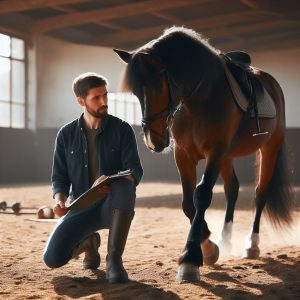
Groundwork is the bedrock of all equestrian training. It’s about teaching your horse basic commands and movements while you’re on the ground. This can include leading, lunging, or even simple tricks. Groundwork not only reinforces obedience and discipline but also strengthens the bond between horse and rider. It’s a safe way to introduce new concepts and ensure your horse understands them before you take to the saddle.
4. Horse Behavior Management
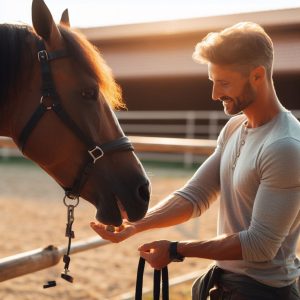
Every horse has its own unique personality and quirks. Understanding these is vital to effective training. Behavior management involves recognizing undesirable behaviors and addressing them in a positive, constructive manner. It’s essential to approach this with patience and empathy. Remember, often, undesirable behaviors stem from fear or misunderstanding. It’s up to you to decipher what your horse is trying to communicate and address it accordingly.
5. Rein Handling Skills
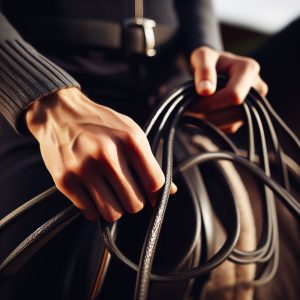
Reins are your primary communication tool when riding. They convey your commands to the horse, guiding them in the desired direction. Proper rein handling is crucial to ensure clear communication. Holding them too tightly can confuse or even hurt the horse, while too loose a grip can send mixed signals. It’s all about finding that perfect balance, ensuring clarity of command without causing discomfort.
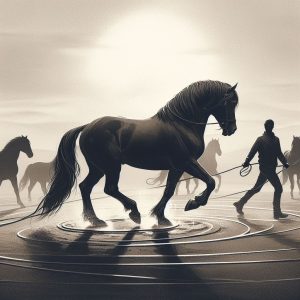
Lunging is a fantastic exercise that benefits both horse and rider. It involves the horse moving in circles around the trainer, who stands in the center. This exercise helps build stamina, improve obedience, and enhance coordination. For the rider or trainer, it’s an opportunity to observe the horse’s movement, identify any issues, and address them in real-time.
7. Saddle Training Tips
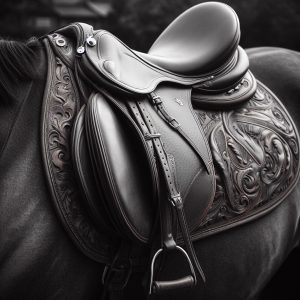
The saddle is the point of contact between rider and horse. Ensuring it’s correctly fitted is paramount for both comfort and safety. A poorly fitted saddle can cause discomfort or even injury to the horse and make riding a challenging experience for the rider. Regularly check for signs of wear or damage and adjust the fit as your horse grows or changes shape.
8. Horse Agility Training
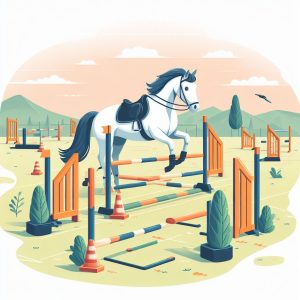
Agility training is both fun and beneficial. It involves guiding your horse through a series of obstacles, enhancing their flexibility and responsiveness. This type of training is excellent for keeping your horse mentally stimulated and physically agile. It also offers the rider a chance to practice guiding and directing the horse in a controlled environment.

Desensitization is the process of gradually introducing your horse to new stimuli to ensure they remain calm in various situations. This can include anything from loud noises to unfamiliar objects. The key is to introduce these stimuli slowly and reward positive reactions. Over time, your horse will learn to remain calm and composed, no matter what surprises come their way.
10. Foal Training Techniques
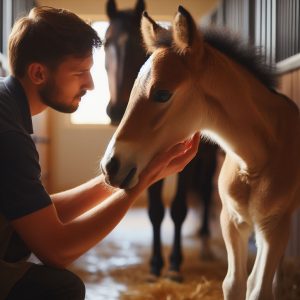
Training a foal is a delicate process. These young horses are still learning about the world around them, and it’s crucial to approach training with extra care and patience. Start with basic commands and ensure their safety at all times. Remember, positive reinforcement goes a long way with foals. Celebrate their achievements, no matter how small, and you’ll have a well-trained horse in no time.
11. Horse Stretching Exercises
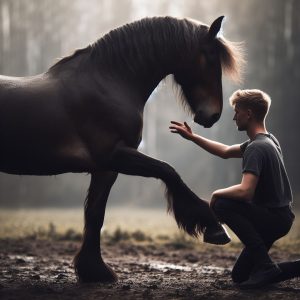
Just like humans, horses benefit from regular stretching. It keeps them limber, reduces the risk of injury, and can even improve performance. Incorporate stretching exercises into your daily routine, focusing on different muscle groups. Not only will this enhance flexibility, but it’s also a great bonding activity.
12. Horse Clicker Training
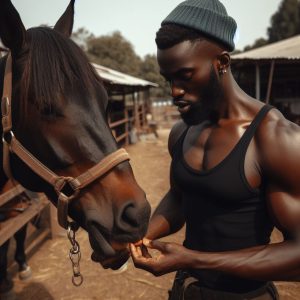
Clicker training is a form of positive reinforcement. The clicker produces a sound that, when paired with a treat or reward, reinforces positive behavior. Over time, the horse begins to associate the sound of the clicker with a job well done. It’s a simple yet effective training tool, especially for teaching new commands or tricks.
13. Horse Trick Training
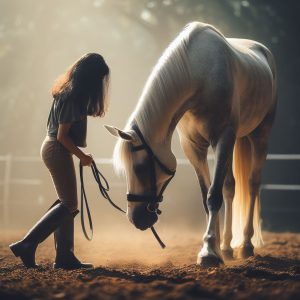
Who said horses can’t do tricks? With patience and consistent training, you can teach your horse a range of fun and impressive tricks. From bowing to fetching objects, the possibilities are endless. Remember to always use positive reinforcement and ensure the tricks are safe and comfortable for your horse.
14. Horse Gait Training
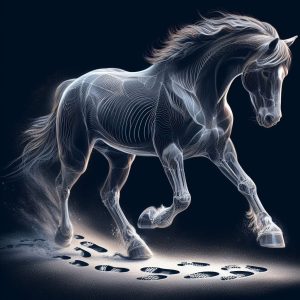
Every horse has a natural gait, but with training, they can learn to move in different ways. Gait training involves teaching your horse various movement patterns, from a simple walk to a complex canter or gallop. Understanding and recognizing these gaits is crucial for competitive riding and ensures your horse moves efficiently and comfortably.
And there you have it! Dive into these steps, and you’ll be well on your way to becoming an equestrian pro. Remember, every horse is unique, so adapt your training techniques accordingly. Most importantly, enjoy the journey and the incredible bond you’ll form with your equine partner. Happy riding! 🐎💨
